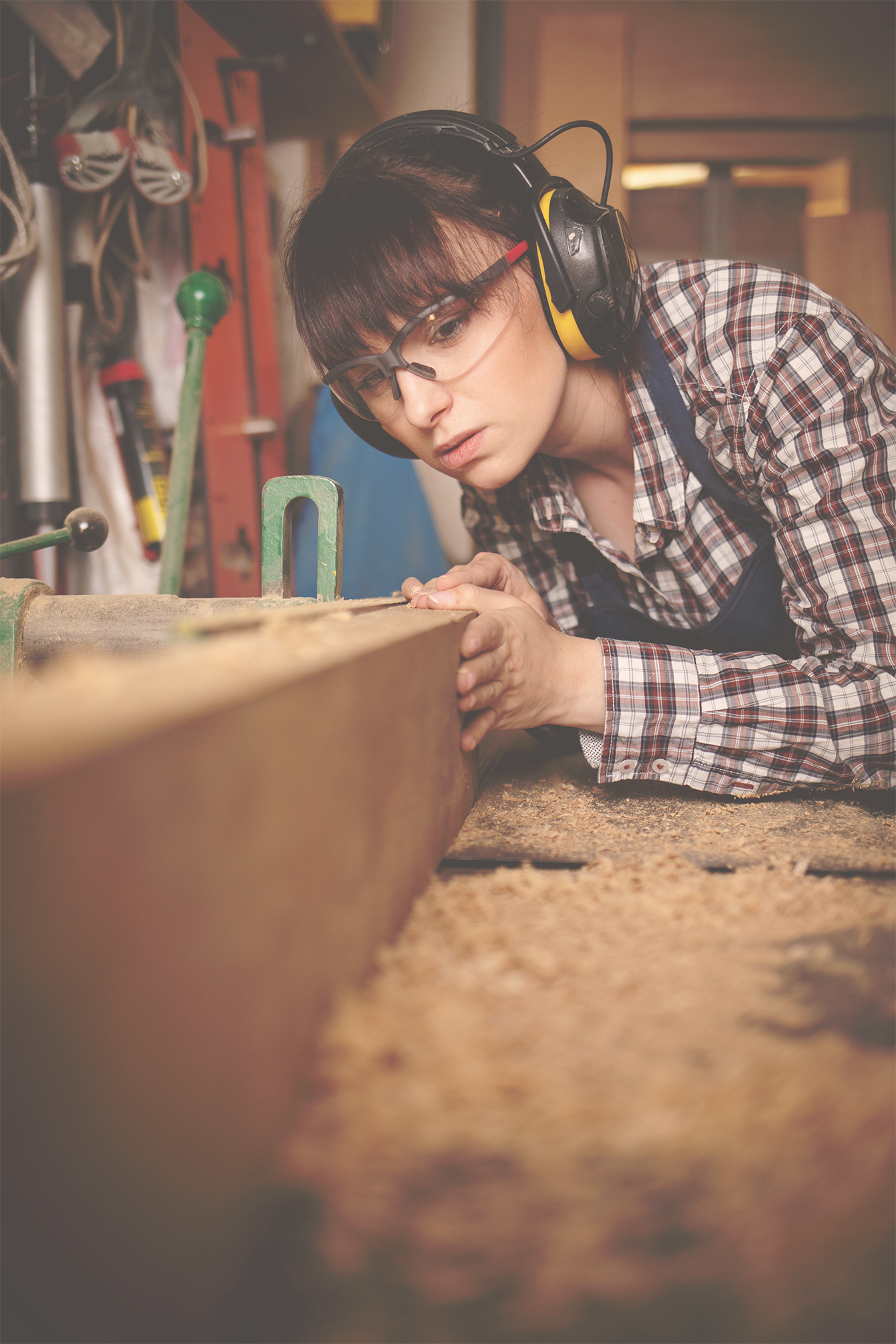We should give as we would receive, cheerfully, quickly, and without hesitation; for there is no grace in a benefit that sticks to the fingers.
— Lucius Annaeus Seneca
WE WERE HESITANT
Our Story is Your Benefit
We wondered if the internet really needed another “our story” page chock-full of marketing fluff, buzzwords, and half-truths. Every brand sounds so inspiring and amazing, and every company "founder" is a genius. Is our story incredible? Not really. Is it interesting? Maybe. We will try not to bore you with ours. It's more about you than us—our love letter to our customers—please read on to find out.
The Early Beginnings
The ethos and entire concept of Home and Kids Co. was born out of an early morning walk around Hong Kong for breakfast in 2016. Suppose you've never traveled outside of the United States. In that case, you may not understand just how bad the food quality is in the U.S., where we pay orders of magnitude more for what amounts to mass-produced food-like substances infused with chemicals made to taste like what comes from nature. And you don't have to go far either. Travel to Mexico and have a tomato, or go to Canada and try a cookie, and that's just the tip of the iceberg, but don't worry, there is a correlation here.
As John and Shuzhen Hays, who were still dating at the time, meandered around the narrow back streets of Hong Kong in early October, the food choices were endless. Asian street food is a cultural staple and one of the best culinary experiences on Earth. Stopping at each cart along the back alley to inspect the purveyor's offerings, which ranged from porridge to sausage to eggs, the couple crammed their faces full of delicious dishes. It's important to remember that these were proper-size meals - maybe not Texas farmhouse breakfast size, but undoubtedly more than enough for most humans.
After finishing a couple of freshly fried Chinese doughnuts, the couple curled out of the backstreet they were on and out onto a shopping plaza adjacent to the exit of the alleyway. Most of the shops were still closed, or at least looked to be, and there was surprisingly very little foot traffic. However, one sign stood out, and the shop had obviously just opened. It so happened to be a noodle restaurant! Knowing they would likely walk around 20,000 steps that day, John and Shuzhen ventured inside to put the finishing touch on their already excessive breakfast.
Inside the restaurant, after devouring a large bowl of noodles each, the couple looked at each other and, being completely overstuffed, began discussing that they both enjoyed their dish and that this place had excellent-tasting noodles because there is a broad spectrum when it comes to noodles. The conversation evolved to how the food quality was seemingly better than in mainland China, or at least you didn't need to be as suspicious, and it tasted better than in the U.K., too. The food was, without question, less processed than in the U.S. and made from natural ingredients. Then the bill arrived.
Standing outside the restaurant, John, who has a financial background, remarked to Shuzhen that, by his calculation, given the exchange rate, they had just spent around $20 for breakfast—total—for a gluttonous meal for two people that included multiple dishes for each person. That moment was the first spark that quality can be had for less; maybe not the absolute highest quality in the world, but pretty damn good. However, delivering a more excellent value than what we are generally accustomed to with any product is possible.
When Good Enough Just Won't Do
Shuzhen has always had an eye for design and enjoyed being creative. She has always loved fashion, drawing, sewing projects, creating art pieces, and the like. Unfortunately, her creative spirit was not fostered by her parents. It wasn't considered "marketable" in China at the time either, so there were no music lessons, art classes, architecture, or encouragement, but instead, you go off to study Human Resources. It wasn't until she returned to China after getting her Master's degree in the U.K. that her stifled, suppressed creativity was reignited when she was responsible for overseeing the completion of her family's newly purchased main home in Xi'an.
To better understand what that means, when you purchase a home in China, you buy a roughed-in, utterly empty space in a high-rise of however many square feet (more precisely, square meters) you can afford. You are essentially purchasing a concrete shell; the rest is up to you. For Shuzhen, this meant it was up to her to pick materials, textures, tiles, colors, fabrics, furniture - all of it - and she was overjoyed and loved every minute of the process, including the haggling with contractors and suppliers. When it was done, it looked glorious, from the marble floors to the large carved wooden sofa, the bathrooms, the light fixtures, and the closets. Every room and detail was done to her imagination. But it was done. It was done entirely, and that moment wouldn't be had again for many years to come.
"Are you sure you want to do all four bathrooms simultaneously?" John asked, who had some idea of what they were getting into, having been involved in several renovations, albeit more commercial than residential. Shuzhen looked at him and said, "Of course. I'll handle it." The now-married couple had already gutted the entire first floor of their home not but a few years earlier and was now set to fully renovate every bathroom in the house - at once (not a great idea, by the way).
The couple's first home renovation was Shuzhen’s second taste of having a blank canvas to paint. That bite spawned a host of additional DIY projects, furniture shopping, rearranging, learning, and gaining new skills to the point where John felt they had an entirely new home every week. Then, when moving on to the bathrooms, things were different. The experience was there for the entire project, from inspiration to sourcing and a complete vision of the outcome and results for all four bathrooms.
However, the materials necessary to realize the vision were not there. While that's not entirely true, plenty of phenomenal tiles, fixtures, surfaces, mirrors, vanities, etc., are available on the market. The issue was that at every turn, the couple was either presented with a piece they loved and a $12,000 price tag for everything or something that looked okay and of uncertain, questionable quality for $1,000 and not quite the right style, color, material, size, or combination of attributes. There was little in the way of a middle ground or intersection between quality, style, and price that presented exceptional value or even met expectations. More precisely, the high-value items—and value is not the same as price—were not readily available and required scouring the Earth and months of effort to find. Still, in the end, the couple got most of what they wanted, with few concessions.
Combining Our Strengths
"Whenever you're ready, it doesn't matter what the product is; business is business, but it does at least need to be something you're somewhat interested in. Otherwise, it won't hold your interest long enough to do meaningful work to become passionate about." John told Shuzhen. Having come from management and executive level corporate America and having done a lot of international business, he firmly believed that China would maintain its dominance in manufacturing for years to come—and the quality was getting outstanding, as long as you can find it and get to know who you're involved with. The vision was always apparent; he was sitting next to a native Chinese woman, and they had talked about starting a company numerous times before. "Like I said, it doesn't matter, cars, chocolate bars, a good CEO is a good CEO," John said.
The catalyst is still unknown; perhaps their youngest son was about to turn one, or his older brother was at a more manageable age. The reality is that there's never a perfect time to do anything, whether it's buying a house, having a child, or starting a business. During the various stages of renovation, there came a time when window treatments were needed, and the ideal option—functionally and aesthetically—was Roman shades. So, step one began with buying Roman shades from China to put in the kids' bathroom. It was a test. It was inexpensive overall, including shipping, and with no sunk costs, the couple was positively impressed in a big way. The quality and style were excellent—better than they imagined.
A social media post or two later, the first inquiries started: "Where did you get your shades?" And then the first sale came. Those few posts didn't take long to morph into a Facebook group that quickly amassed a following in the thousands without a single ad, spawning an Etsy store and then, a few weeks later, a website. That was May of 2023, resulting in the first phrase, "To create happy homes and joyful childhoods," which has evolved into the company you see today and trust to help beautify your home.

We invite you to find out more.
We won't waste your time with fluff, but we're an open book if you want to dig in. Suppose you are interested in what truly drives us. In that case, we invite you to dive deeper into our FAQ and About pages, and of course, contact us anytime.
We're not fans of marketing buzzwords or hollow promises. Our Just Cause is at the heart of everything we do, and we're fully transparent about it. Unlike other companies who use terms like "sustainable" only to look good, we focus on fundamental values that matter—not trying to impress you with what doesn't. The paragraphs above are just a bite, so if you're looking for the full story, we invite you to explore and get to know us better.
median hours to fulfill orders
product options
transparency



